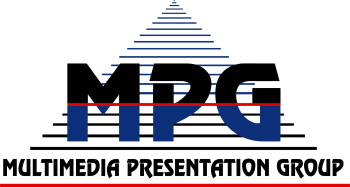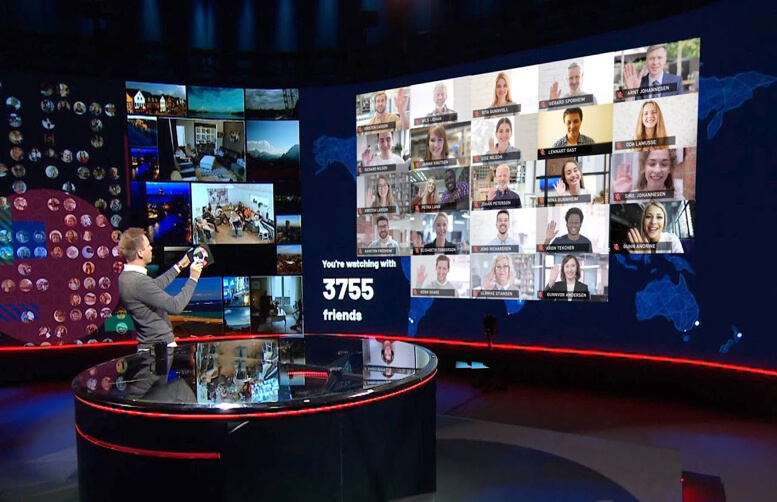Hybrid Event Planning Tip for Event Planners
Hybrid Events are a blend of virtual and in-person audiences. The meetings can be as simple as having the presenters and a small audience in a studio setting deliver the session to a primarily virtual audience. Or having the in-person, socially distanced meeting be the broadcast center and the virtual component is equally essential, scattered across the globe. Both the live and virtual groups can experience the same content but possibly not at the same time. Attendees can also share the networking between sessions, thanks to virtual event platforms having better opportunities for meaningful connections. The tech is still not up to the task with the in-person and the virtual audience mingling seamlessly during a meeting. Even though the events industry has seen roughly five years of technical progress compressed into the past 12 months, uniting the live and virtual audience currently takes place through polling, Q&A, and chat features.
Hybrid event planning is essentially merging two meetings in one. Each meeting segment is broken down into the viewer’s experience, whether it is live or virtual. To meet each attendee’s engagement perspective, the content should be delivered differently. When building the hybrid meeting agenda, you must balance the physical environment against the virtual backdrop, ensuring that both get to experience the high points. The key is to build a few outstanding moments that both audiences can equally share. The audiences can come together during peak moments enhanced with live Q&A, and real-time surveying helps solidify engagement. Breakouts and networking can be run separately, so each entity is explicitly designed for the virtual or in-house audience. Prerecords work best for the virtual breakout crowd and can be enhanced with live Q&A but would be horrible for the in-house group where live would be best for content delivery.
In real-time sessions, both audiences’ presenters and panelists must rehearse and adapt their messages to meet both expectations and enhance further engagement. Speakers must recognize and bridge the gap of internet broadcast lag which can be over 15 seconds. Ensuring that the virtual audience can participate in live polling and Q&A while recognizing the delay is essential to delivering content effectively. Virtual content can also be provided on different days depending on prerecords and the audience time zone and schedules or offered as on-demand content.
Hybrid meetings require planners to hire production companies that can either handle both aspects of the event, meaning the live stream virtual portion and the in-house live production. Or the planner will need to hire two production companies, one that produces the virtual live stream and one that has the in-house production. The most crucial aspect of technology is making sure that the technology provider can provide the staffing and the experience to operate the systems smoothly and efficiently. When budgeting for a hybrid event’s costs, you are paying for the hybrid’s venue and essentially paying for an additional venue, the virtual component. Labor costs will also increase as a team will produce the in-house event, and a separate team will produce the virtual event while coordinating with each other.
The reach of hybrid events will make them a mainstay as we move through 2021 and beyond. The lessons of 2020 regarding virtual events and the increased audience reach will guarantee that most events will have a future virtual component. Moving forward, planners have the opportunity to reimagine how events operate, along with locations and how the content can be delivered. To learn more about hybrid events, please contact our hybrid team specialist.


